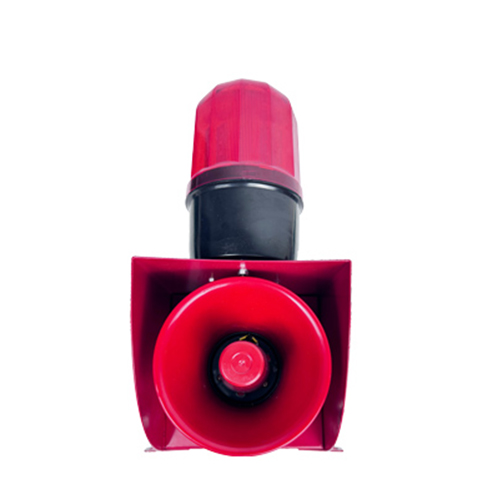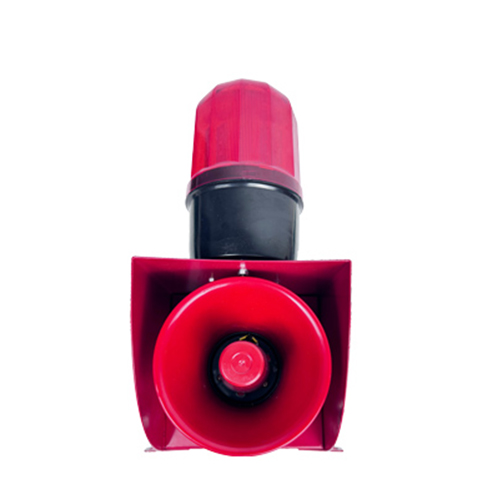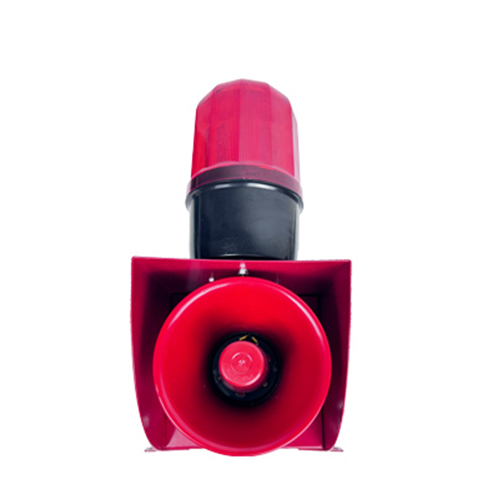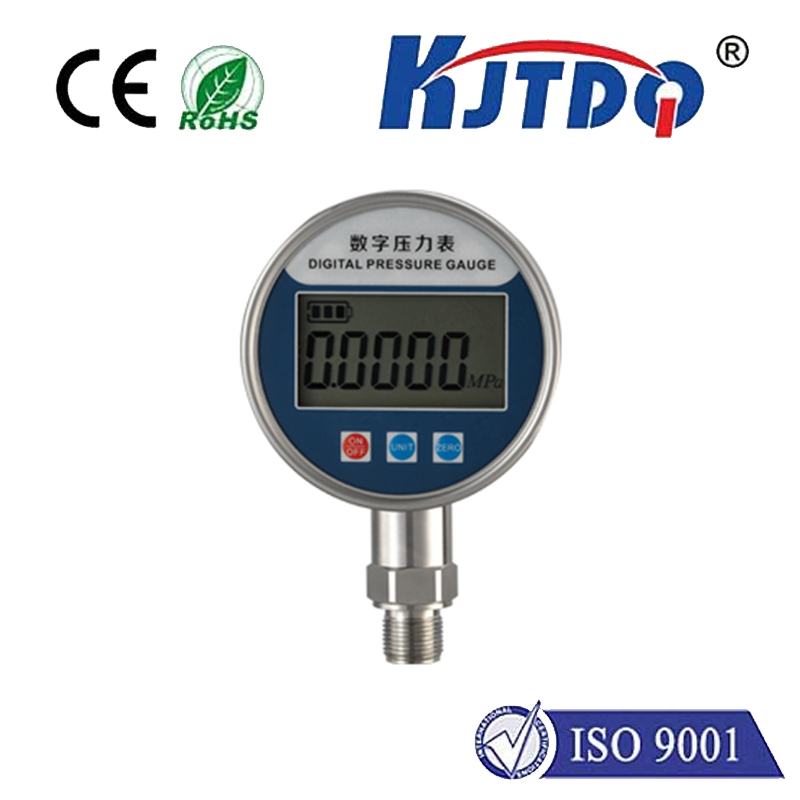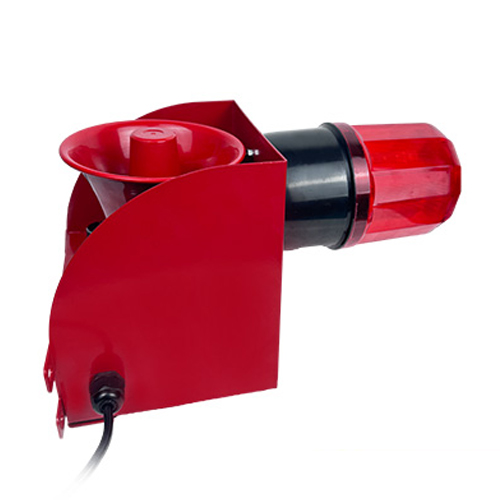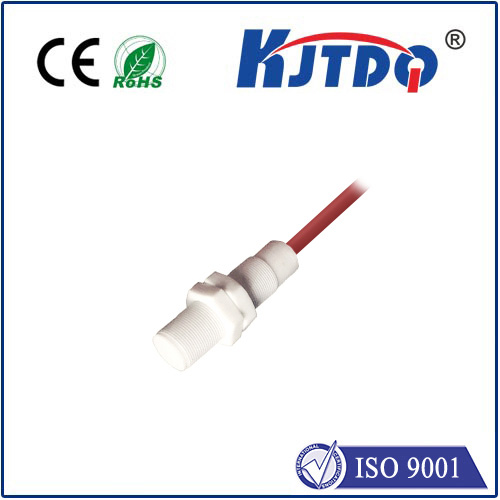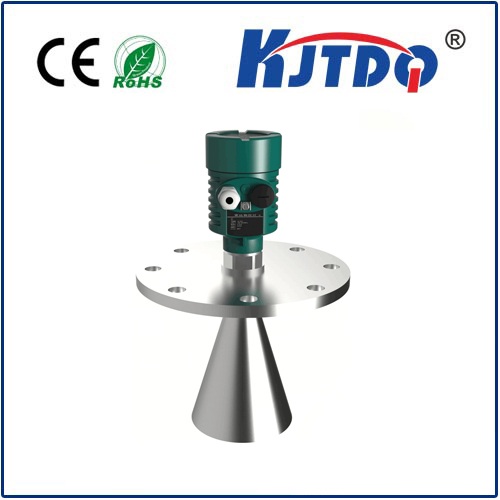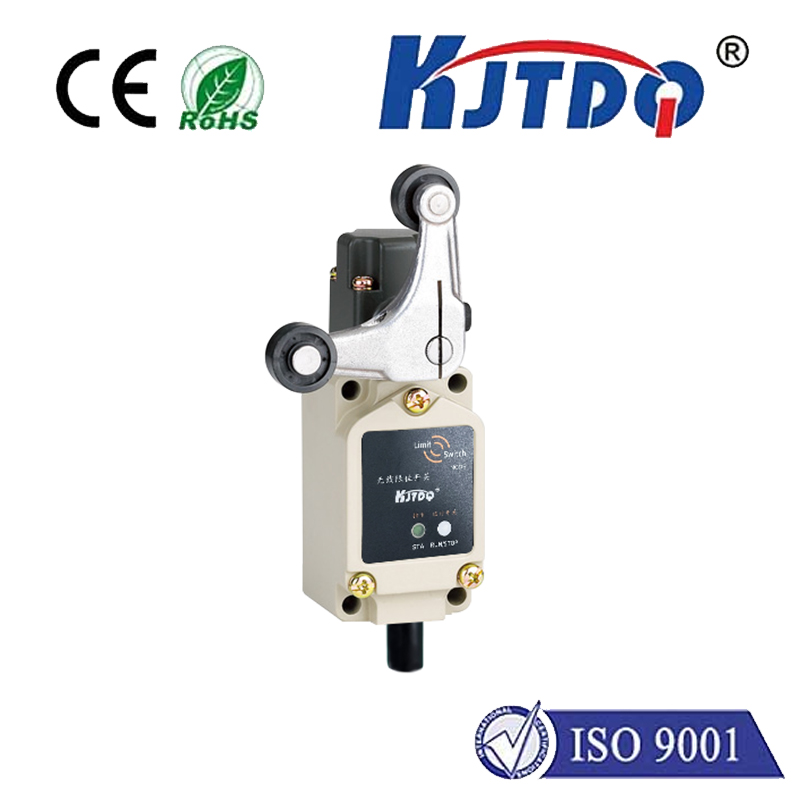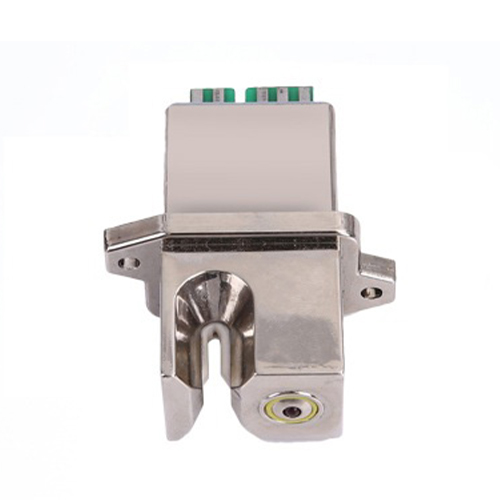u shaped photoelectric sensor
- time:2024-10-17 02:56:05
- Click:0

Title: The Versatility and Importance of U-Shaped Photoelectric Sensors in Modern Industry
Introduction:
In the fast-paced world of automation and technology, sensors play an indispensable role in ensuring precision, efficiency, and safety across various industries. Among these, the U-shaped photoelectric sensor stands out due to its unique design and versatile applications. This article delves into the significance of U-shaped photoelectric sensors, exploring their working principle, advantages, and the myriad ways they are transforming modern industrial operations.
Understanding U-Shaped Photoelectric Sensors:
U-shaped photoelectric sensors are a type of optoelectronic device that utilizes light to detect the presence or absence of an object. They consist of two legs joined by a curved top, forming a ‘U’ shape, hence the name. These sensors work on the principle of infrared radiation; one leg emits an infrared beam, while the other leg receives it. When an object interrupts this beam, the sensor sends a signal indicating the object’s presence.
Advantages of U-Shaped Photoelectric Sensors:
- Wide Detection Range: The U-shaped design allows for a broader detection area compared to traditional straight-beam sensors, making them ideal for monitoring larger spaces or irregularly shaped objects.
- Improved Accuracy: With their ability to detect even small objects, U-shaped sensors reduce errors and enhance process control, leading to higher product quality and reduced waste.
- Versatility: Suitable for various applications ranging from conveyor belt monitoring to automotive manufacturing, these sensors can be easily integrated into different systems and environments.
- Durability: Built to withstand harsh conditions such as dust, vibrations, and temperature fluctuations, U-shaped sensors offer reliable performance over long periods.
- Easy Installation and Maintenance: Their compact size and simple configuration make them straightforward to install and maintain, saving time and resources.
Applications Across Industries:
The versatility of U-shaped photoelectric sensors has made them a staple in numerous industries:
- Automation and Robotics: In automated production lines and robotic systems, these sensors ensure precise movements and operations by detecting parts and components during assembly processes.
- Packaging Industry: U-shaped sensors verify product presence before wrapping or sealing, ensuring complete packages and preventing costly mistakes.
- Logistics and Warehousing: They optimize inventory management by tracking goods movement through warehouses and sortation centers accurately.
- Security Systems: By detecting motion, these sensors contribute to surveillance systems, enhancing building security and access control measures.
- Transportation: In railway signaling and road traffic control, U-shaped sensors detect vehicles, improving traffic flow and reducing accidents.
Future Prospects:
As technology advances, the capabilities of U-shaped photoelectric sensors continue to evolve. Integration with artificial intelligence and machine learning algorithms promises even greater efficiency and adaptability in sensing tasks. Additionally, developments in materials science may lead to more durable and cost-effective sensors, expanding their usage further.
Conclusion:
The U-shaped photoelectric sensor epitomizes innovation in the realm of industrial sensing technology. Its ability to provide accurate, wide-ranging detection across diverse applications underscores its value in modern industry. As we look towards a smarter, more interconnected future, the role of these sensors in optimizing operations, enhancing productivity, and fostering innovation cannot be overstated. Embracing the potential of U-shaped photoelectric sensors is not just about staying current; it’s about leading the charge into a new era of industrial excellence.












